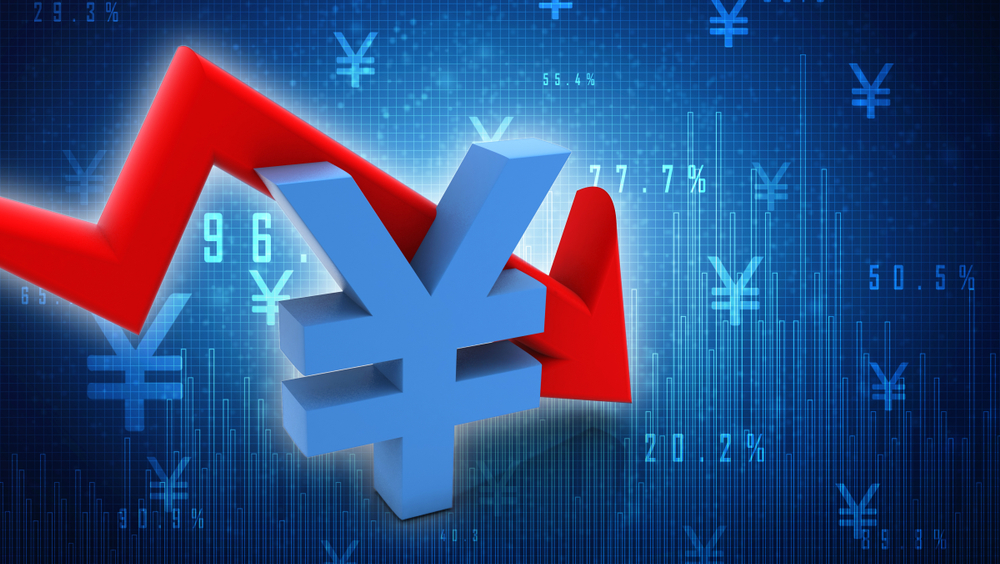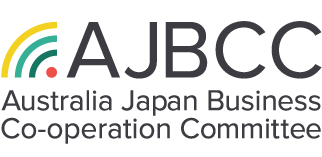22 Apr Falling Yen Making Waves

The big economic story out of Japan at the moment is the fall in the value of the currency. Since the end of February, the Japanese yen has experienced a sharp hit to its value and has continued to weaken, falling below the “Kuroda line” of 125 Yen to the US Dollar to more than 129 to the US dollar on Wednesday 20 April. This puts the yen at its weakest level in over 20 years and the consecutive falls recorded on 14 days mark the longest continuous decline in over 50 years.
The falling yen places the Japanese Government in a potentially difficult situation. Combined with rapidly increasing energy prices due to the Russian invasion of Ukraine, and the flow-through effects to other items, the potential exists for inflation to sour the mood of voters ahead of the crucial Upper House election, expected to be held on 10 July, that will have a major bearing on Prime Minister Kishida’s political future.
Fuelling the yen’s depreciation has been the Bank of Japan’s commitment to monetary easing and a “yield curve control” policy for low interest, which has added to a now widening interest rate differential between Japan and the US as the US moves to snuff out inflation with monetary tightening—which only strengthens the dollar against the yen. The BOJ’s commitments, combined with the Ukraine crisis, have highlighted the drawbacks of a weak yen. Supply disruptions, surging fuel costs and increasing import bills result in a widening trade deficit and pressure on the balance of payments. This offsets returns on investment and pushes the current account balance into the red zone – figures announced on 20 April showed that Japan had recorded a significant trade deficit of over 5.3 trillion Yen (around AUD56 trillion at current exchange rates). Some have warned that if the terms of trade and current account balance continue to worsen, market trust in Japan’s capacity to repay debt could be eroded. Moreover, analysts foresee Japan’s core consumer inflation closing in on the central bank’s 2% target this month, although the BOJ will not respond to cost-push inflation with policy tightening. BOJ policymakers are scheduled to meet on April 27-28.
This places Japanese policy-makers in a bind, with usual policy levers difficult to apply or ineffective. Officials such as BOJ Governor Kuroda and Finance Minister Shunichi Suzuki have been trying to talk the yen up by expressing concerns about both the speed and scale of its slide, but to little avail. Hiroshi Watanabe, President of the Institute for International Monetary Affairs said given the size of the global currency market, “intervention won’t work” and that the BOJ should not raise interest rates since “tightening would be doing something useless.” He said that the key was a government strategy – nurturing small businesses, for example – that “allows Japan to run trade and current account surpluses.” This would need to be a long-term solution.
Hideo Kumano, Chief Executive Economist at Daichi Life Research, told Bloomberg that “the BOJ generally sees the weak yen as a good thing, but things get very complicated when there is a surge in oil prices.”
In the past, a weak yen benefitted the traditionally export-driven Japanese economy. Due to weak domestic demand, GDP growth has been dependent on net exports. But with Japanese companies increasingly moving to overseas production, they stand to benefit less from a weaker home currency. From 2012 to 2021, more than 90% of the CPI (excluding tax) was powered by imports. A weak yen has indirectly transferred large amounts of Japanese household income to foreign producers.
In the long run, we may see increases in domestic investment through Japanese companies shifting to onshore production alongside import substitution, as Japanese consumers opt for cheaper domestic goods. Some have argued that higher energy prices will incentivise changes, such as energy efficiency measures or even floating offshore wind farms, that will prove beneficial to decarbonisation efforts. The EU now categorises nuclear power as sustainable. On the positive side, Foreign investment into Japan may increase with companies seeing Japanese assets as increasingly attractively priced, but the reverse side of the coin is that the loss of spending power could potentially push highly skilled Japanese to seek better pay overseas.
What could this mean for Australia? It seems clear that one of the key drivers of the lower yen – Japan’s need to wean itself off Russian energy – will result in short-term opportunities for Australian energy suppliers; it is also likely that in the medium to long term the energy security imperative currently being felt by Japan will drive still deeper partnerships between it and Australia, including in relation to new sources of energy as decarbonisation progresses, reinforcing its position as Japan’s leading energy provider. Australian companies also are now better positioned to invest in Japan, creating greater symmetry in the investment relationship and strengthening broader business and economic relations.



